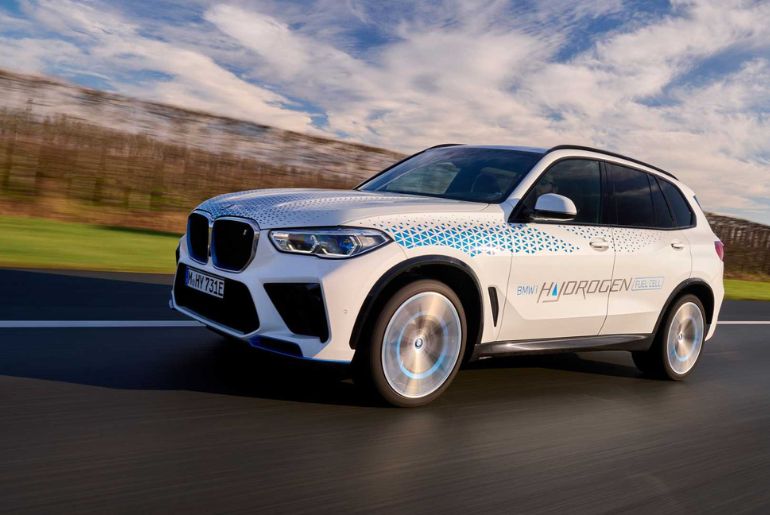The German company’s SUV lineup will be completely electrified with the arrival of the BMW iX5 in 2026, the first of six new models to follow in three years. Notably, a hydrogen-powered iX5 with a powertrain jointly developed with Toyota would be added to the lineup in 2028. By the end of the decade, several more fuel cell versions of current models will follow this one.
The fifth-generation X5, BMW’s original SUV with 2.2 million sales since 1999, will be released next year alongside the all-electric iX5. Improved petrol, diesel, and plug-in hybrid drivetrains will be available for the new X5.
The iX5 and X5 will be built on an updated version of BMW’s Cluster Architecture (CLAR) platform, in contrast to the future iX3, which will be supported by BMW’s Neue Klasse platform.
It is believed that this choice stems from the necessity to keep providing the popular X5 with all of its combustion engine alternatives. The X5’s ICE powertrains would have needed to be significantly altered to fit inside a chassis designed primarily for EVs in order to switch to the Neue Klasse architecture, which would have resulted in unreasonably high additional expenditures.
BMW will equip the new pair with the Neue Klasse’s essential characteristics. For instance, the iX5 is expected to employ a fully networked 800V electric architecture, new-generation batteries with round cells that have a higher energy density than those now in use, and sixth-generation electric motor components.

